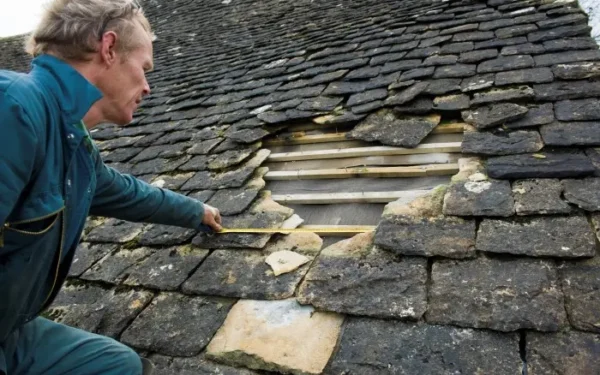What to Do When Filing a Home Insurance Claim: A Step-by-Step Guide

Filing a home insurance claim can be a stressful experience, especially when you’re dealing with unexpected damage or loss to your property.
However, knowing what steps to take and how to navigate the claims process can make it easier and more efficient.
In this comprehensive guide, we will provide you with a step-by-step approach to filing a home insurance claim, ensuring you have a smooth and successful experience.
1. Assess the Damage and Secure the Property
The first step is to assess the damage to your property and take immediate action to prevent further losses or hazards. Ensure everyone’s safety and secure the property by addressing any immediate risks.
For example, in the case of a water leak, turn off the main water supply or temporarily cover a damaged roof to prevent further water intrusion.
2. Review Your Insurance Policy
Take the time to carefully review your home insurance policy to understand the coverage details, exclusions, deductibles, and claim filing requirements. Be familiar with the terms and conditions that govern your claim and ensure the damage you’ve incurred is covered by your policy.
3. Contact Your Insurance Provider
Notify your insurance provider as soon as possible after the incident. Most insurance companies have a specific claims department or a dedicated phone line for claim reporting.
Provide them with accurate and detailed information about the incident and the damage sustained. Be prepared to provide your policy number, date of the incident, and a clear description of what happened.
4. Document the Damage
Document the damage by taking photographs or videos of the affected areas and any items that have been damaged or lost.
This visual evidence will support your claim and help the insurance adjuster assess the extent of the damage. Make a list of all damaged or lost items, including their estimated value, if possible.
5. Mitigate Further Damage
Take reasonable steps to mitigate further damage or loss to your property. For example, if your home has suffered water damage, you may need to arrange for professional water extraction or cleanup services to prevent mold growth.
Keep all receipts and records of any expenses related to temporary repairs or emergency services.
6. Cooperate with the Claims Adjuster
Once you have reported your claim, an insurance adjuster will be assigned to evaluate the damage and determine the coverage and settlement amount.
Cooperate fully with the claims adjuster and provide any requested documentation or information promptly. Be available for inspections and provide access to the damaged areas of your property.
7. Obtain Repair or Replacement Estimates
Obtain repair or replacement estimates from reputable contractors or professionals. This will help establish the extent of the damage and provide a basis for the insurance company to assess the appropriate settlement amount. Keep copies of these estimates for your records.
8. Review the Settlement Offer
After the claims adjuster completes their evaluation, the insurance company will provide you with a settlement offer. Review the offer carefully, including the coverage details and any deductibles that may apply.
If you have any concerns or questions, seek clarification from the claims adjuster or your insurance provider.
9. Negotiate if Necessary
If you believe the settlement offer does not adequately cover your losses or if you disagree with any aspect of the settlement, you have the right to negotiate with your insurance provider.
Provide supporting documentation, such as repair estimates or expert opinions, to strengthen your case. Engage in open and constructive communication with your insurance company to reach a fair resolution.
10. Finalize the Claim
Once you are satisfied with the settlement offer, inform your insurance provider of your acceptance. Be sure to follow any instructions provided by your insurer to complete the necessary paperwork or provide any additional documentation required to finalize the claim. Keep copies of all the correspondence and documentation related to the claim for future reference.
Conclusion
Filing a home insurance claim doesn’t have to be overwhelming when you follow a step-by-step approach. By assessing the damage, reviewing your policy, contacting your insurance provider, documenting the damage, mitigating further damage, cooperating with the claims adjuster, obtaining repair estimates, reviewing the settlement offer, negotiating if necessary, and finalizing the claim, you can navigate the process with confidence.
Remember to keep detailed records, maintain open communication with your insurance provider, and seek professional guidance if needed. By following these steps, you can ensure a smooth and successful home insurance claim experience and get the assistance you need to recover from unexpected damages to your property.





